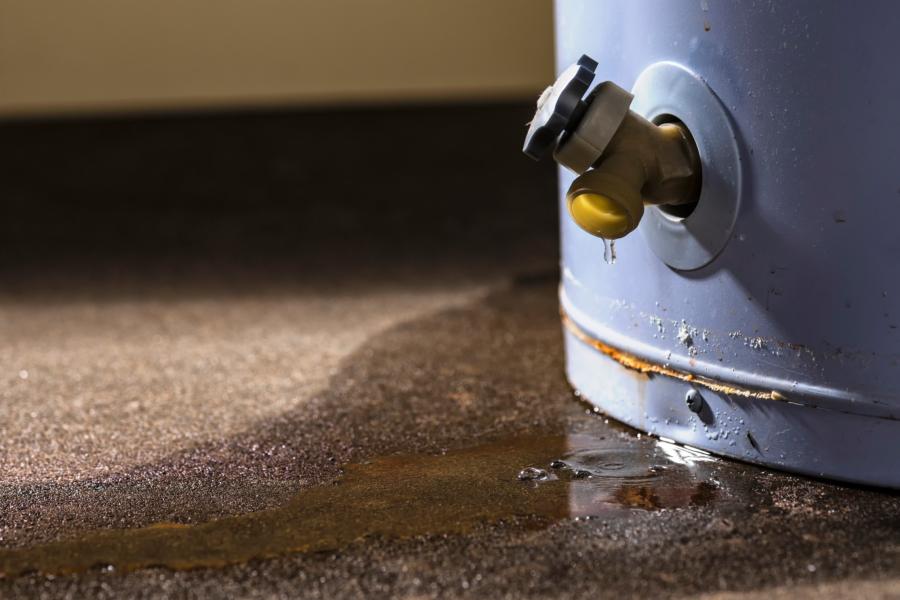Maintain Water Quality with this Plumbing Tip

Cleveland Water takes great pride in delivering high-quality drinking water to your house. Homeowners also play an important role in maintaining drinking water quality all the way to the glass. Properly maintaining your water heater is one of the best ways you can maintain that quality.
Water quality issues such as a bad smell or taste or discoloration that occur when you turn on your hot water tap, but not your cold, can likely be traced back to your water heater. Proper water heater maintenance can help avoid most of these issues.
Proper maintenance includes flushing the tank, checking the tank’s temperature and pressure relief valve (TPR valve), and checking the anode rod, a 3- to 5-foot metal rod inside the tank that diminishes corrosion.
These actions should be performed at least yearly and according to the manufacturer’s instructions. If you don’t feel comfortable performing them yourself, contact a licensed and insured plumber.
Lack of regular maintenance can result in faster corrosion inside your water heater. Corroded materials that accumulate at the bottom of the tank can enter into hot water pipes and cause your hot water to appear rust-colored.
Regularly flushing your water heater will remove corroded material and help your water heater operate more efficiently, heating water to a higher temperature more quickly. If the burners that heat water are covered by too much sediment, water may not be heated to a high enough temperature. This can cause bacterial growth in your tank and result in hot water that has a bad smell and taste.
If you find tiny pieces of plastic in your hot water or faucet aerators, the water heater may also be the source. Various parts inside a water heater are made of non-toxic plastic, including some TPR valves, the temperature gauge, and the dip tube. These plastic parts are prone to break down over time due to constant contact with hot water.
Remember that hot water is intended for needs such as washing dishes, laundry, and bathing and is not intended for drinking or cooking. If you need hot water for food or drinks, get water from the cold water tap then heat the water.
